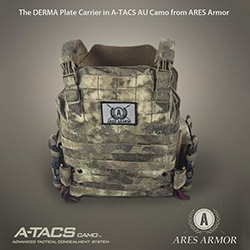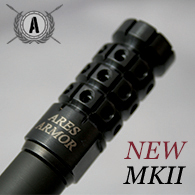Photo: Apple Watch
Maybe the Pentagon was waiting to see how well the Apple Watch performed. To most everyone’s surprise, the product has enjoyed a better launch than even the iPhone and iPad. Today, the watch is on. The world is now waiting anxiously after the U.S. Department of Defense (DOD) just listed Apple among its 162 partners in developing wearable technologies for the U.S. Military.
Boeing, Harvard University, and an assortment of other high tech companies, universities, and groups were announced as members of the new FlexTech Alliance. They will collaborate in support of the U.S. Department of Defense to develop “high-end printing technologies,” such as 3D printing. The FlexTech Alliance will operate within a $171 million budget for the research and development of U.S. Military wearable technologies.
An unnamed defense official told Reuters a primary objective is to “create stretchable electronics that could be embedded with sensors and worn by soldiers.” Reports say the Pentagon is very interested in the development of flexible sensing wearable technologies. These could be used for real-time monitoring of the status of soldiers in battle.
In addition to being worn by humans, these technologies could also be designed to wrap around military assets in battle acting like smart exercise kits. Ultimately, you can also think of these wearable technologies in ways where they could be used on U.S. Navy battleships, combat vehicles driven by the U.S. Army, or U.S. Air Force warplanes to deliver real-time monitoring of their structural integrity.
A press release distributed today by the U.S. Department of Defense explained in more detail. “Flexible hybrid electronics manufacturing describes the innovative production of electronics and sensors packaging through new techniques in electronic device handling and high precision printing on flexible, stretchable substrates. The potential array of products range from wearable devices to improved medical health monitoring technologies, and will certainly increase the variety and capability of sensors that already interconnect the world. The technologies promise dual use applications in both the consumer economy and the development of military solutions for the warfighter.
U.S. Secretary of Defense Ashton Carter announced the FlexTech Alliance today in a speech at the NASA operated Moffett Federal Airfield near Google Headquarters in the heart of the Silicon Valley. He is taking the tactic of making allies with industry experts rather than putting all of the innovative pressure internally on the U.S. Military.
Carter said, “I’ve been pushing the Pentagon to think outside our five-sided box and invest in innovation here in Silicon Valley and in tech communities across the country.”











